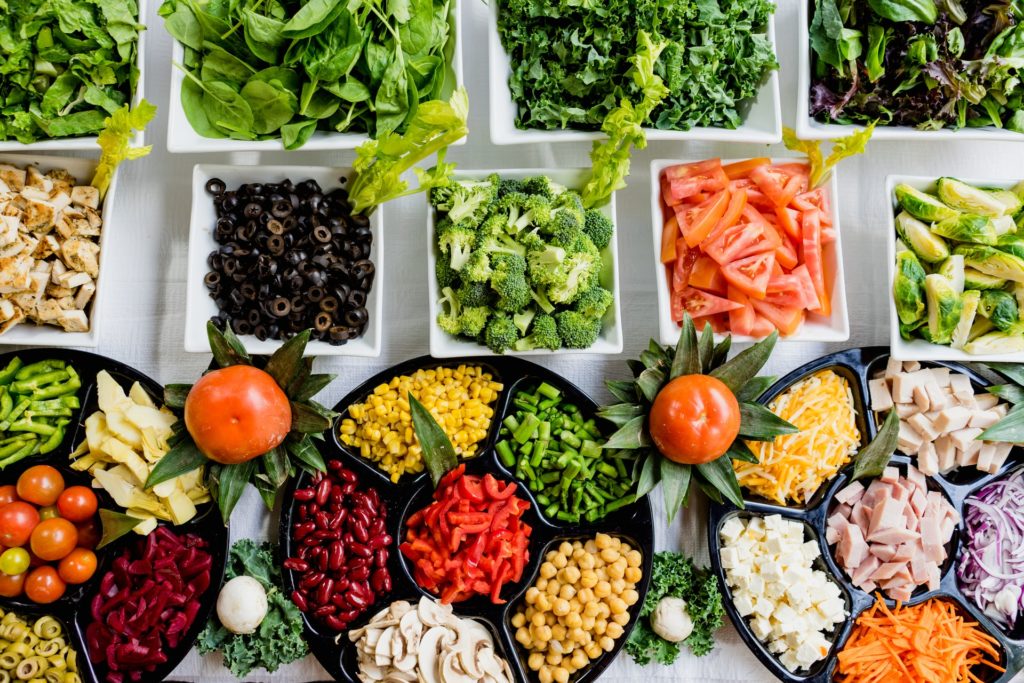Nature works in circles, the agri-food sector should too
It’s easy to think of the food we eat as something that just appears and disappears on supermarket shelves and dinner tables. Globally nearly a third of all food produced is thrown away, at a cost of 143 billion euros to the European Union alone, posing an ethical and economic problem. Additionally, this creates environmental troubles, as uncontrolled disintegration of waste in landfills produces high amounts of greenhouse gases emissions.
This isn’t a new problem and solutions often invoke personal responsibility. But while individual actions are important, they tend to miss the sheer size of the problem we are trying to address: from primary production to food service, nearly fifty per cent of food waste is created before the shopping bags make it through the door.
A team of scientists, engineers and mathematicians are developing a technical solution to this problem. The Model2Bio project is creating a tool to predict the amounts and characteristics of agri-food by-products, to find ways to transform them and bring them back into the productive cycle.
“A circular economy is a need”, explained Angelantonio D’Amario, an agricultural engineer at the EIT Food, who is one of the Model2Bio International Advisory Board members. “Agro-businesses need to be extremely efficient because the profit margins of the products they sell have become increasingly small over the years. So it is important that we recover everything we can from the agri-food by-products, both from an ethical and a business perspective.”
In many ways, elements of circularity have been introduced into the sector for the past twenty years, he relayed: producers use whatever they can to feed human beings; and then, whatever is left to feed animals. The remaining by-product is transformed into energy – and only after this point there’s a thought of sending the residue to landfill.
“This proposal [Model2Bio] is very interesting because it’s not just about talking and trying to find untouchable agreements, but creating a model based on algorithms that could lead to relevant improvements and to quantify what these improvements actually are,” D’Amario added.
A tool for more efficient value chains
By-products from the agri-food sector are a potential substitute for fossil-based resources. However, most organic residues are highly complex, heterogenous mixtures. Separating their compounds is therefore difficult. Additionally, changes in quantities, which are easily affected by things as uncontrollable as seasonality, make designing a model to predict the by-product a complex task.
Model2Bio is particularly unique because it considers the entirety of the industrial process in its calculation: it first aims to systematise the methodology to estimate the amount of by-product produced; then it raises the possibility of analysing different stabilising treatments for the by-products, to keep them viable for longer; and finally, it evaluates the industries that will be able to use the by-product as a raw material. With this data, the researchers will create a tool to predict future yields and prepare for them.
“The simulation module [one of the 3 modules that form the final toll that results from the project] will be able to analyse the effect of any operational modification to a system”, said Dr Tamara Fernández Arévalo, a research scientist of the Water and Health Division at CEIT Technology Centre and Model2Bio project coordinator. “A second module (the optimisation algorithm) will help us to automatically select the bio-based residual stream alternatives that minimise a previously defined global cost function using the mathematical models constructed in the other module.
“One aspect of this that is very promising is the move from first principle models – which are essentially equations – to models that exploit complex substances with data behind them, instead of those highly detailed equations,” said Dr Antonis Kokossis, professor at the School of Chemical Engineering at the National Technical University of Athens and a Model2Bio International Advisory Board member.
“Data driven models are an exceptional tool to explore and address issues we wouldn’t be able to otherwise. With data driven models you can embed the previous models from the past with data, so you have models of the past that are polished by additional layers of information”, he noted as he highlighted the accessibility of these kinds of models vis a vis previous systems.
Bartłomiej Mielniczuk, MASPEX partner and another Model2Bio International Advisory Board member, also highlighted the value of the algorithm itself, saying that he liked the support tool because it ensures that it can be adapted as required.
“With the help of algorithms, will allow potentially interested entities to choose the best available solutions for their processes. The tool will be an adjustable, alive and updated solution ready to use in the different parts of the agri-food chain,” he said.
A project of this dimension does not come without problems. D’Amario points to the challenges of harmonising the methodology for data collection across the EU, whereas Mieniczuk worries that a limited number of side-streams for the Module will fail to capture the full picture.
Dr Lolke Sijtsma, from Wageningen University and Research, who is also working on the project said: “Model2Bio is a chain, and a chain is as strong as its weakest link. So the models are as good as their input is, from the calculations point of view but also from the experimental point of view.”
Understandably, Covid-19 has made an already difficult task even more challenging, but the team has been relentless. Their own estimates suggest a reduction of 20 per cent of the sector’s carbon footprint through the correct optimisation of all bio-products, supporting the EU’s Green Deal, which is not a bad reason to keep going. Within the next few years, the waste behind your everyday meal could be significantly lowered.
By Marta Santiváñez
